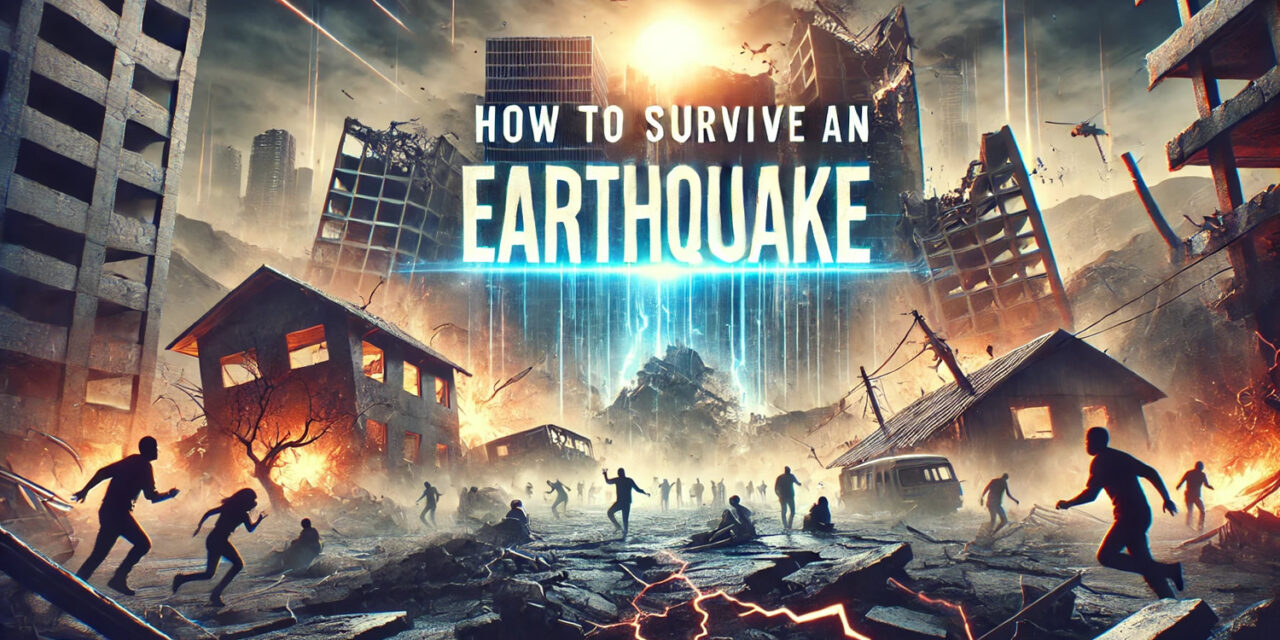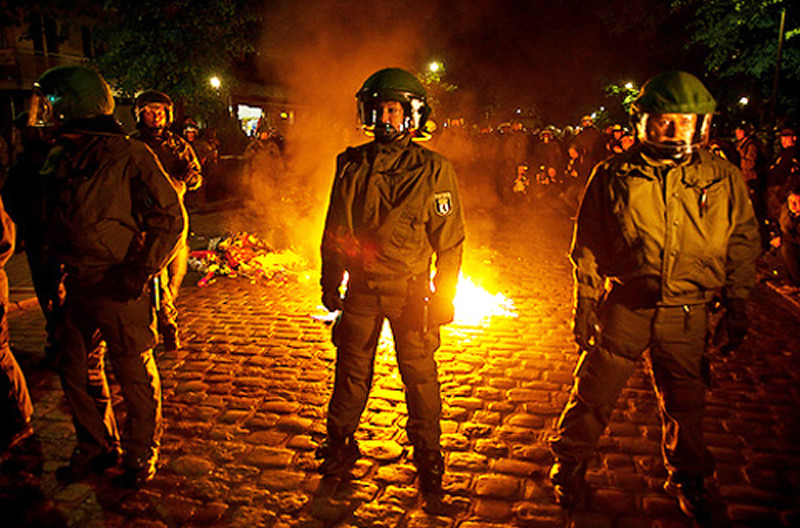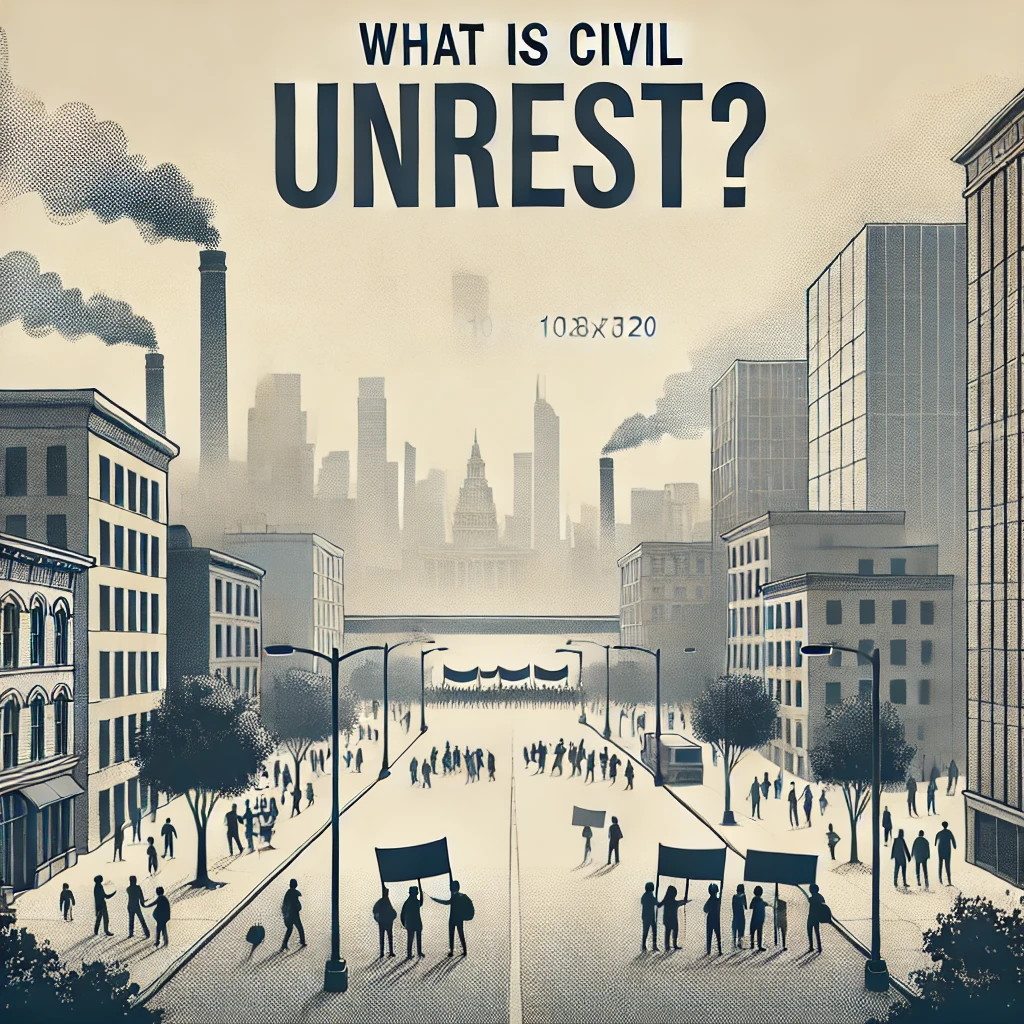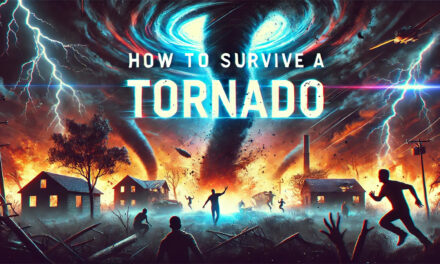Earthquakes strike without warning, causing widespread devastation. Preparation is essential to safeguard yourself and your loved Mother Nature doesn’t ask permission. She doesn’t wait for convenient timing or check your schedule before unleashing her fury. When the ground beneath your feet turns into a violent, bucking bronco, government response teams won’t magically appear to save you. Your survival depends on one person: you.
This isn’t just another government-approved safety pamphlet. This is your complete earthquake survival guide—written by someone who understands that self-reliance isn’t just a principle, it’s a necessity. When disaster strikes, prepared patriots survive while the unprepared become statistics.
The Brutal Reality: Why Most Earthquake Advice Falls Short
Government agencies peddle the same sanitized advice they’ve recycled for decades. They tell you to “remain calm” and “wait for help.” But here’s what they won’t tell you: first responders might be dealing with their own collapsed stations. Emergency services could be overwhelmed for days or weeks.
The establishment wants you dependent on their systems. Real patriots understand that how to survive an earthquake starts with accepting one fundamental truth—you’re on your own.
Most earthquake fatalities result from falling debris, not the ground movement itself. People die because they panic, make poor split-second decisions, or rely on outdated survival myths. The famous “triangle of life” theory? Debunked by actual structural engineers. Door frames as safe zones? Another dangerous misconception that gets people killed.
Pre-Crisis Preparation: Building Your Earthquake Defense Network
Securing Your Castle
Your home represents your primary fortress against seismic chaos. Start with the basics that government safety guides barely mention. Heavy furniture kills more people than structural collapse in moderate earthquakes.
Secure bookcases, refrigerators, water heaters, and televisions to wall studs using earthquake straps. Store heavy objects on lower shelves. Install safety latches on cabinets to prevent dishes from becoming deadly projectiles.
Consider your home’s structural integrity honestly. Homes built before 1980 face significantly higher collapse risks. If you own an older property, invest in seismic retrofitting. Bolting your house to its foundation costs far less than rebuilding from rubble.
Strategic Supply Positioning
Government emergency guides recommend storing supplies in one central location. That’s amateur hour thinking. What happens when that single storage area becomes inaccessible under debris?
Distribute emergency supplies across multiple locations throughout your property. Keep earthquake survival kits in your bedroom, garage, and vehicle. Each kit should contain water purification tablets, emergency food bars, flashlights, and basic medical supplies.
Water represents your most critical resource. Store one gallon per person per day for a minimum of two weeks. Include water purification methods because municipal systems often fail after major seismic events. Your earthquake survival tips at home should always prioritize water security above comfort items.
Communication and Coordination
Establish communication protocols that don’t rely on cellular networks or internet connectivity. Ham radio provides reliable emergency communication when modern systems fail. Battery-powered or hand-crank radios keep you informed about conditions and rescue operations.
Create detailed family emergency plans with multiple contingencies. Designate out-of-state contact persons because local phone lines typically become overloaded. Practice your evacuation routes and establish multiple meeting points in case primary locations become inaccessible.
During the Chaos: Mastering Life-Saving Techniques
The Drop, Cover, Hold Protocol
When earthquake survival becomes reality, you have seconds to act correctly. Forget everything you’ve seen in movies about doorways and running outside. Professional earthquake safety experts worldwide endorse one technique: Drop, Cover, and Hold On.
Drop immediately to your hands and knees. This position prevents you from being knocked over by the shaking.
Cover your head and neck with your arms. If a sturdy table or desk sits nearby, crawl underneath for shelter. No furniture available? Crawl next to an interior wall away from windows and hanging objects.
Hold On to your shelter and prepare to move with it if necessary. Shaking can shift furniture across rooms, so maintain your grip and move accordingly.
This technique works because it protects your vital organs while keeping you low to avoid falling debris. Practice this with your family regularly until it becomes automatic muscle memory.
Location-Specific Survival Strategies
Inside Buildings: Stay inside. More people die from falling debris while trying to exit during shaking than from structural collapse. Modern building codes ensure most structures survive moderate earthquakes. Your greatest dangers come from unsecured objects, not the building itself.
Outdoors: Move away from buildings, power lines, trees, and streetlights. Drop and cover in open areas until shaking stops. Avoid glass-covered sidewalks near tall buildings where falling debris concentrates.
Vehicles: Pull over immediately but choose your spot carefully. Avoid overpasses, bridges, tunnels, and areas beneath large signs or trees. Set your parking brake and remain inside your vehicle, which provides excellent protection from falling objects.
Mountainous Areas: Watch for landslides and rockfalls, which can continue long after initial shaking stops. Debris flows move faster than you can run, so position yourself away from steep slopes before disasters strike.
Post-Earthquake Tactics: Surviving the Aftermath
Immediate Assessment and Action
The shaking stops, but your survival challenges just began. Earthquakes trigger secondary hazards that kill more people than the initial event. Gas leaks cause fires and explosions. Broken water lines create contamination risks. Damaged electrical systems spark additional fires.
Check yourself and family members for injuries before assessing property damage. Adrenaline masks pain, so examine everyone systematically for cuts, fractures, and head trauma. Apply first aid immediately—emergency services may be unavailable for extended periods.
Expect aftershocks and treat them seriously. Some aftershocks prove stronger than the initial earthquake. Be ready to drop, cover, and hold on again at any moment for days or weeks following the main event.
Infrastructure and Utility Management
Turn off gas supplies if you smell leaks or hear hissing sounds. Know the location of your gas shutoff valve and keep appropriate tools nearby. Do not turn gas back on yourself—let professionals handle restoration.
Check electrical systems for damage before using any switches or appliances. Water and electricity create deadly combinations, especially with damaged wiring. If you suspect electrical damage, shut off power at the main breaker.
Inspect your water supplies for contamination before consumption. Broken sewage lines can back-flow into water systems. Boil water or use purification tablets until authorities confirm safety.
Security and Community Defense
Disasters bring out both the best and worst in people. While most neighbors help each other, some individuals exploit chaos for personal gain. Be prepared to protect your family and property during the vulnerable post-earthquake period.
Maintain situational awareness as you move through damaged areas. Aftershocks can topple already-weakened structures without warning. Glass, debris, and exposed wiring create hazards everywhere.
Work with trusted neighbors to share information and resources, but verify everything independently. Rumors spread rapidly during crises, often causing more panic than actual dangers.
Advanced Earthquake Survival Strategies
Understanding Seismic Risks
Not all earthquakes behave identically. Shallow earthquakes near populated areas cause more damage than deep ones of similar magnitude. Duration matters—longer shaking causes cumulative damage and increases injury risks.
Soil conditions dramatically affect earthquake impacts. Soft, sandy, or filled ground amplifies shaking intensity. Areas built on bedrock generally experience less severe motion. Know your local geology and adjust preparation accordingly.
Tsunami risks accompany coastal earthquakes. If you live near the ocean and feel strong shaking, evacuate to higher ground immediately. Don’t wait for official warnings—tsunamis can arrive within minutes of the earthquake.
Professional-Grade Equipment
Invest in quality emergency equipment that exceeds basic recommendations. Professional-grade flashlights with multiple light sources and extended battery life outperform cheap alternatives when you need them most.
Consider emergency radios with multiple charging options: battery, hand-crank, and solar. Communication capabilities can mean the difference between isolation and rescue during extended emergency periods.
Emergency medical supplies should go beyond basic first aid kits. Include prescription medications, emergency antibiotics, and advanced wound care supplies. Medical professionals may be unavailable for extended periods.
Training and Skill Development
Take professional first aid and CPR training from certified instructors. Online videos can’t replace hands-on practice with proper equipment and realistic scenarios.
Learn basic search and rescue techniques for trapped victims. Simple tools and knowledge can save lives while professional rescuers focus on more complex situations.
Practice emergency scenarios regularly with your family. Stress training builds muscle memory and confidence that serve you when real disasters strike.
Building Resilient Communities
Neighborhood Preparedness Networks
Strong communities survive disasters better than isolated individuals. Work with like-minded neighbors to develop mutual aid agreements and shared resource strategies.
Organize regular preparedness meetings and training exercises. Share knowledge, pool resources, and coordinate response plans that don’t rely on government assistance.
Identify neighbors with valuable skills: medical training, engineering expertise, mechanical abilities, or communication equipment. These relationships prove invaluable during actual emergencies.
Long-Term Recovery Planning
Earthquake survival extends far beyond the initial event. Recovery can take months or years, requiring sustained effort and resources. Insurance companies may delay payments or dispute claims, leaving you financially vulnerable.
Document everything with photographs and detailed inventories before disasters strike. Keep copies of important documents in multiple locations, including fireproof safes and off-site storage.
Consider earthquake insurance carefully, understanding exactly what coverage includes and excludes. Standard homeowner’s policies typically don’t cover earthquake damage, leaving property owners financially exposed.
Constitutional Preparedness: Your Rights During Disasters
Emergency declarations don’t suspend constitutional rights, despite what authorities might suggest. Know your rights regarding property searches, movement restrictions, and emergency requisitions.
Second Amendment rights become especially relevant during disasters when law enforcement response may be delayed or unavailable. Prepared patriots understand that self-defense responsibilities rest with individuals, not government agencies.
Document any rights violations or government overreach during emergency responses. Hold officials accountable for exceeding their legitimate authority during vulnerable periods.
Standing Strong When the Earth Shakes
Earthquake survival isn’t about luck—it’s about preparation, knowledge, and decisive action. While others panic and wait for government rescue, prepared patriots take control of their situations and protect their families.
The best earthquake survival tips combine proven techniques with American principles of self-reliance and community cooperation. Government agencies provide basic guidelines, but your survival depends on going beyond minimum recommendations.
Remember that surviving an earthquake requires more than just weathering the initial shaking. The aftermath tests your preparedness, resolve, and community relationships far more than the earthquake itself.
Start preparing today. Practice your skills regularly. Build relationships with reliable neighbors. Because when the earth decides to fight back, only the prepared will be left standing to tell the story.





